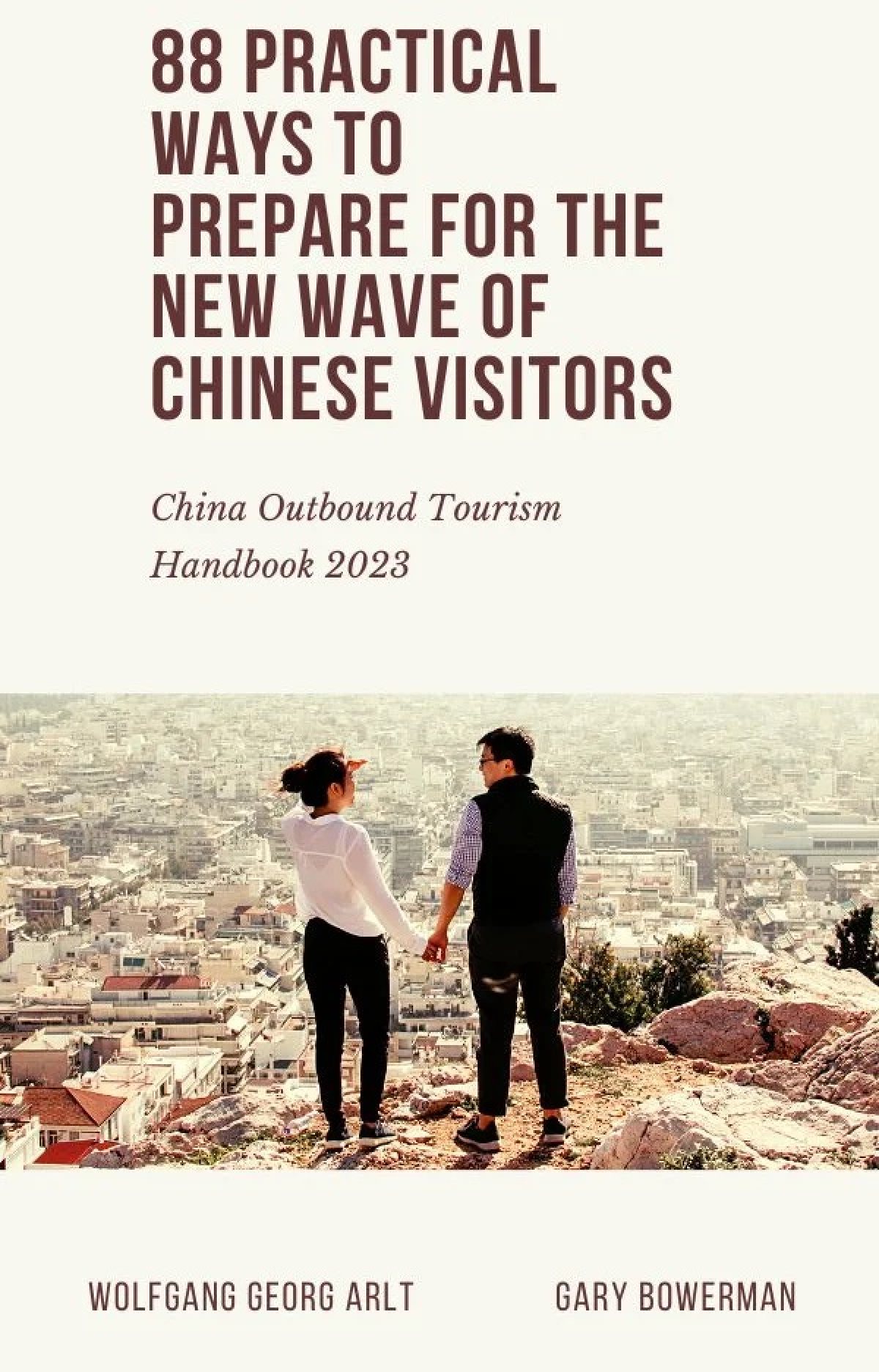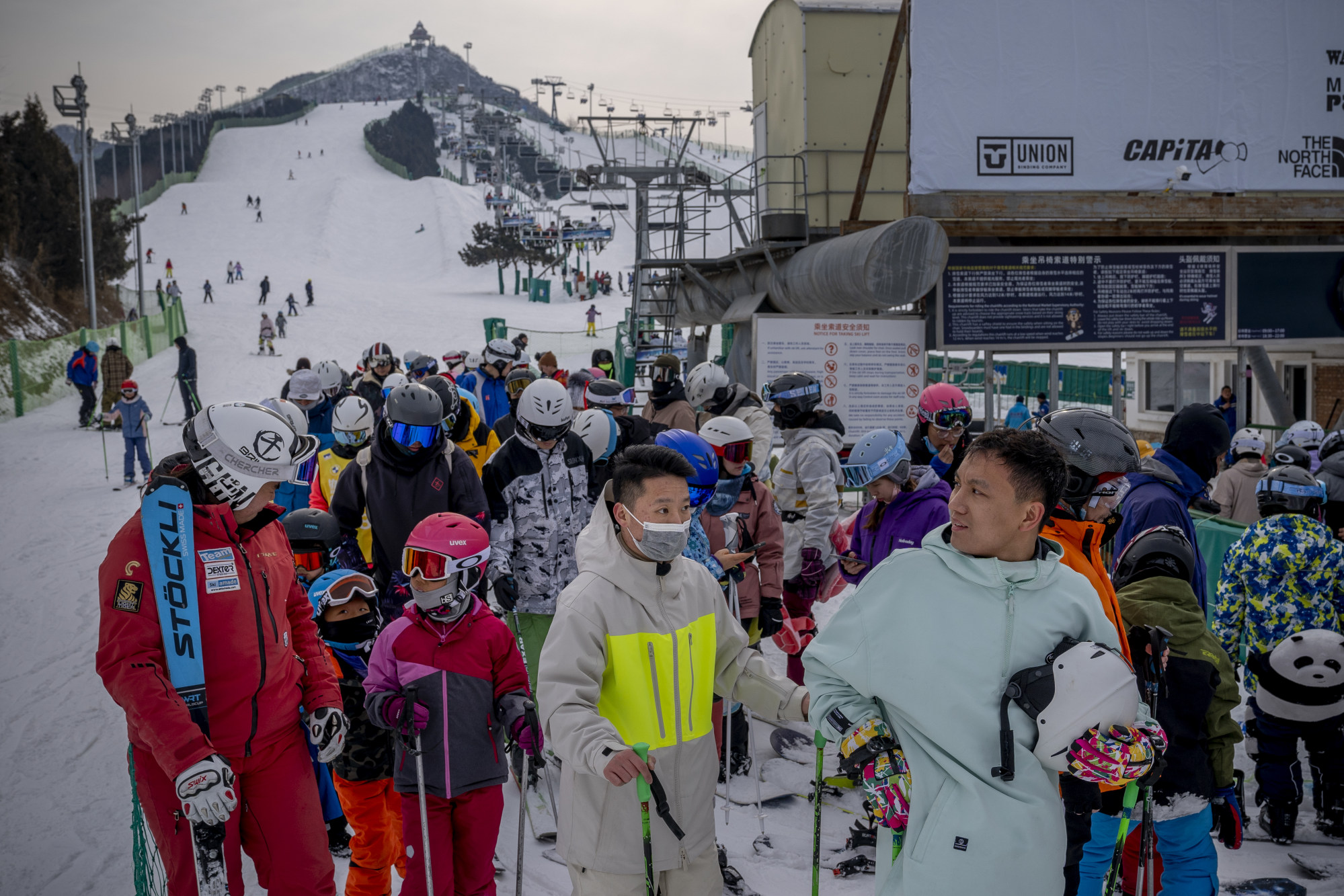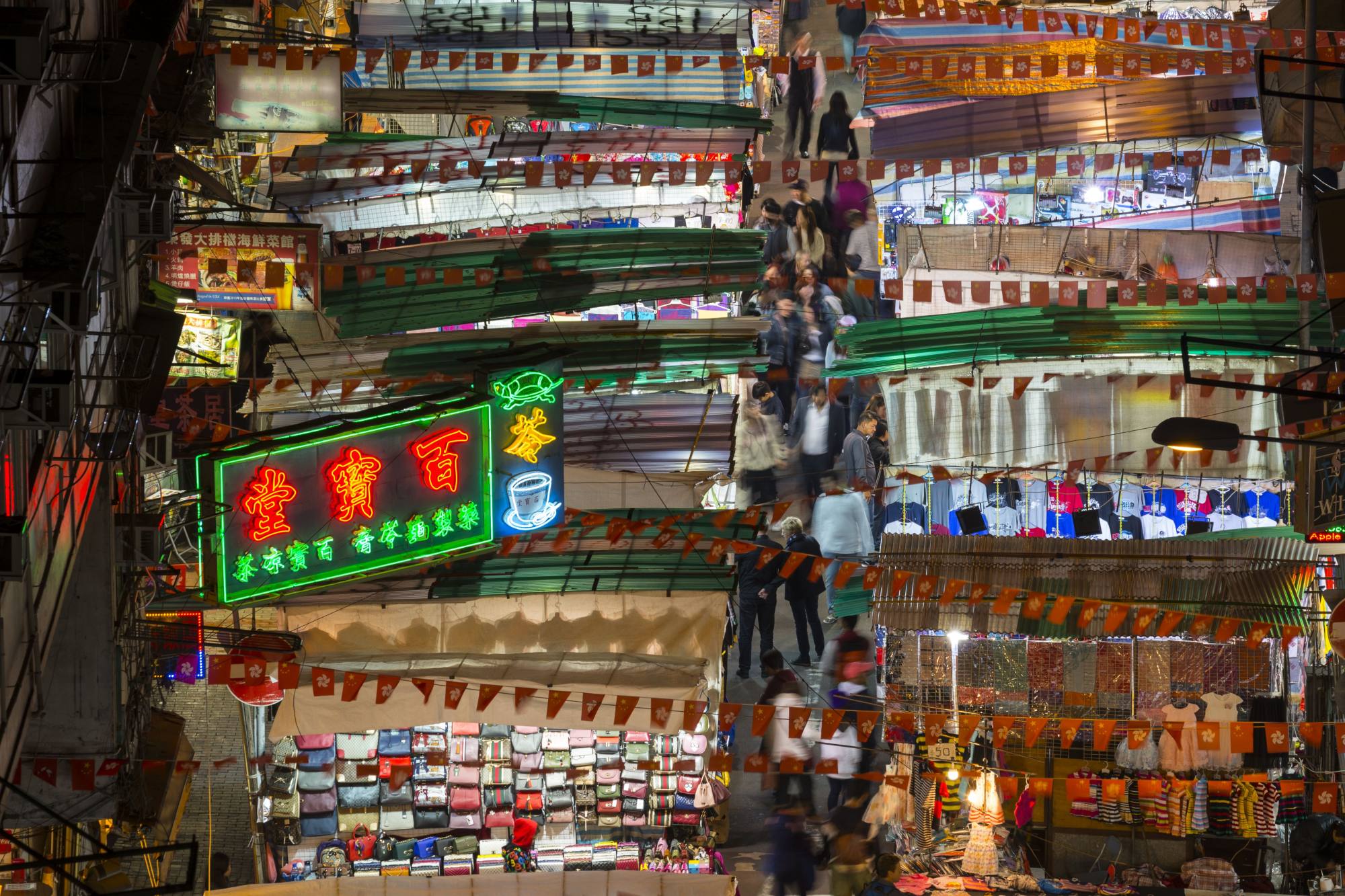
How to attract the new wave of Chinese tourists: big-city thrills, nighttime activities, adventure tourism – or go with ChatGPT’s humorous advice?
- ‘Urban hedonism’ remains very desirable for Chinese tourists despite early pandemic predictions, while many want adrenaline-fuelled experiences, experts say
- Cold-weather activities are also being embraced, encouraged by the Beijing 2022 Winter Olympics – or countries could put pictures of pandas on all currency
ChatGPT? Sorry, but we’re not impressed.
We had fanciful visions of being able to type a question into the chatbot that’s taking the world by storm and within seconds have a reply that could serve as a column, saving us hours of research and writing*.
But no. We asked the website, “What must destinations around the world do to attract Chinese tourists?” and received a seven-point answer that included such pearls of wisdom as: offer visa-free or visa-on-arrival options; offer Chinese payment options; and create Chinese-friendly experiences. Not exactly insightful. Or engaging.
We then asked the AI software the same question but told it to reply with a bit of humour.
‘Prices are going crazy’: why mass travel in and out of China is months off
It made another seven suggestions, which included: replace all currency with pictures of pandas; replace all road signs with pictures of Chairman Mao; and replace all toilet paper with Chinese characters (what?). “Chinese tourists love” pandas, Chairman Mao and their written characters, according to the chatbot.
Alas, it seems we still need to refer to the experts after all.
Ask Prof Dr Wolfgang Georg Arlt and Gary Bowerman, “What must destinations around the world do to attract Chinese tourists?” and they’ll point to their just-published handbook, 88 Practical Ways to Prepare for the New Wave of Chinese Visitors.

Arlt is the founder and director of the China Outbound Tourism Research Institute, Bowerman an Asia travel analyst and media commentator.
The info is necessary because China will probably soon regain its crown as the biggest travel source market in the world – the authors estimate the 2019 figure of 170 million outbound border crossings will be equalled by 2024 and rise to 228 million by 2030.

Other observers aren’t so sure, however: “The oft-heard rhetoric that India is the next China may finally hold true for travel’s outbound industry as Chinese look at international travel more sceptically,” writes the author of an article published in January on travel industry news site Skift.
Still, sceptical or not, the Chinese will probably return in significant numbers sooner or later, even though – in Arlt’s view – the world is ill-prepared to receive them.
This is partly because many of those employed by the tourism industry to look after Chinese clients specifically – Mandarin-speaking guides, for instance – lost their jobs during the pandemic, but more importantly, the Chinese themselves have changed after three years on the sidelines.
After three years restricted to Chinese runs and rinks, a new generation of upskilled Chinese skiers and snowboarders will take to the [world’s] slopes
The world has changed, too, argue the handbook authors. We now live in the VUCA era, in which everyone must contend with increasing volatility, uncertainty, complexity and ambiguity. And into all that is marching the “third wave of Chinese tourism”.
Much of the book’s advice is common sense and/or applicable to tourists from anywhere, but it does provide an in-depth analysis of the post-pandemic Chinese traveller and what they might be looking for.
Visas, payment through familiar systems such as Alipay and UnionPay – as well as an introduction to e-CNY, digital currency issued by China’s central bank – and “Chinese-friendly experiences” are all covered (although there’s nothing about replacing toilet paper with Chinese characters, funnily enough), but during a recent webinar organised to discuss the handbook, Bowerman drew particular attention to the City Tourism, Night Tourism and Winter Tourism sections.
Japanese hot-spring hotel gives Taiwan tourist town a second lease of life
Many a commentator predicted during the Covid years that post-pandemic travellers would flock to wide-open spaces, but Arlt and Bowerman see a return to big-city thrills.
“Despite early pandemic predictions that Chinese tourists would seek escapes to nature, domestic travel patterns and online searches reveal urban hedonism remains highly desirable,” they write. After all, “China’s own travel recovery was founded in the megacities of Shanghai and Beijing. Hangzhou, Shenzhen, Chengdu and Tianjin rank highly.”
They promise that Hong Kong will see mainland visitors return en masse.
So does Song Haiyan, associate dean and chair professor at the Hong Kong Polytechnic University’s School of Hotel and Tourism Management.
Uzbekistan: a journey to 3 ancient cities reveals why you should visit
In the same webinar, Song predicted that visitors from mainland China to Hong Kong would number somewhere between 20 million and 40 million this year (depending on how welcome they are made to feel and other factors as yet unforeseeable), rising to the 44.3 million to 78.9 million range in 2025.
By comparison, 51.04 million visited the city in 2018, before the world went mad.
Hong Kong also finds favour in 88 Practical Ways’ Night Tourism section.
“In the mid-2010s, city tourism authorities in China, Macau and Hong Kong set about rebalancing a widening deficit in nighttime versus daytime visitor spending. They rethought urban tourism with a mix of exciting nighttime activities for visitors who desire more from an evening than hanging out in a restaurant and bar.”

Seoul, Singapore and other cities are catching on, write the authors, having “spruced up waterfront promenades, major landmarks, shopping destinations and night markets to host year-round evening activities” and extended the hours public transport operates.
Night skies are being accessorised by “choreographed drone shows over river settings and augmented reality firework and light shows [that] re-envision skytowers and landmarks”.
Macau’s just-opened ZipCity zip line attraction is a perfect example, offering evening flights over Cotai accompanied by an audiovisual show illuminated by more than 100,000 LED lights.
“[All the nighttime activity] is raising the expectations of Chinese tourists,” write the authors.
Switzerland tailors boutique holidays for return of big-spending Chinese
Late nights might not be so feasible in chillier climes, but cold-weather frolics are also being embraced by today’s Chinese tourist, enthused by the Beijing 2022 Winter Olympics.
China has more than 800 ski resorts and the media are “relentlessly promoting winter sports as a lifestyle choice”.
“After three years restricted to Chinese runs and rinks, a new generation of upskilled Chinese skiers and snowboarders will take to the slopes of Japan, South Korea, Europe, the US, Canada and New Zealand,” the handbook predicts.
As for Zheng He, we’re tickled to find the great mariner and explorer from Yunnan employed as a tool to urge his countryman to discover the world for themselves. Do your research on the Ming dynasty admiral and “You will have a lot of fun and your Chinese business partners and customers will feel impressed and honoured by your interest and knowledge.”

Destinations Known is aware that instead of using words generated by ChatGPT, we’ve borrowed many written by Prof Arlt and Mr Bowerman, but we feel we must make room for just a few more, these ones extremely sobering.
Concluding a section recapping a quarter of a century of Chinese tourism, they write: “The next 25 years might be the last era of tourism before the climate catastrophe ends most international travel, but it will be dominated to an increasing degree by Chinese customers.”
There’s a lot to unpack in that sentence.
*Just to be clear, this is a joke.
Hong Kong to top ‘international traveller spend’ charts by 2032
The World Travel & Tourism Council has its own prediction for Hong Kong.
A report published by the WTTC on January 18 suggests that by 2032, Hong Kong will be bringing in US$52.06 billion in “international traveller spend”, more than any other city. The forecast has Macau in the second spot (US$43.14 billion), Dubai third (US$42.98 billion), Singapore fourth (US$37.43 billion) and Bangkok fifth (US$33.45 billion).
Most of that money coming into Hong Kong and Macau will be from mainland China, of course, but still … that sounds like a fair bit of cash.

